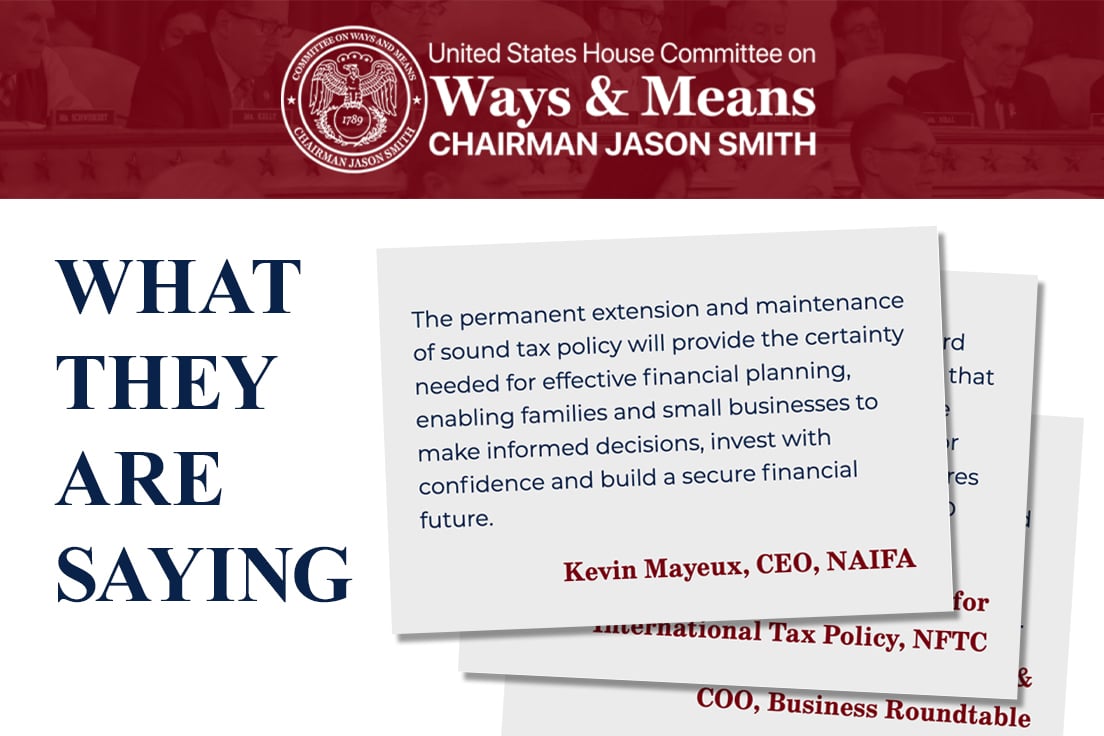During the week of April 29, House committees of jurisdiction began crafting their pieces of the $6 trillion+ reconciliation budget bill that Congress wants to enact by the end of this summer. The process is and will continue to be fraught as lawmakers make tough decisions, on which there is and will be much opposition, on how to cut spending and taxes for the upcoming 10 years.
The budget bill is using the reconciliation process because that process (subject to an array of complex rules) bypasses the Senate’s filibuster procedures, thus assuring passage with a simple (51 vote) majority. That means Congressional Republicans (with buy-in from President Trump) can pass the measure without any Democratic support (or input).
But it also means that GOP lawmakers must agree among themselves—neither chamber can lose more than three votes and still pass an all-Republican bill. And so far the Republican party is far from unified on how to craft this huge bill, although there is complete unity on the desire to do so. Further, the process is unusually complex this year, due to reconciliation instructions that differ for the House as compared to the Senate.
First up, on April 29 and April 30, were the “easy” (least controversial) of the 11 pieces of House committee-written legislation that will be combined into one bill by the Budget Committee. Virtually all Republicans support the $150 billion in new Defense spending, and the $90 billion for new border security and deportation initiatives. Similarly, there is little controversy over the student loan program cut-backs the Education & the Workforce Committee is handling. However, there is some controversy in another five committee packages, although not enough, observers believe, to jeopardize passage of the bill.
The bulk of the controversy lies within three committees: Energy & Commerce, which must cut $880 billion in spending, much of it to come from Medicaid; Agriculture, which has to cut the food stamps program; and Ways & Means, which is in charge of the $4-4.5 trillion tax package.
Medicaid: The Energy & Commerce Committee was able to advance their portion of the legislation covering Medicaid cuts by a 30-24 party-line vote after what turned out to be a record-breaking mark-up. The committee had to comply with budget resolution instructions to cut $880 billion from the programs in its jurisdiction, and that includes Medicaid. Although the E&C Committee voted to advance the package, it is still unclear whether the Republican Conference in general can agree (within the three-vote margin they have) on the Medicaid cuts that are expected to be the source of most of the $880 billion in cuts the committee must make.
So far, Republican moderates are saying they will not vote for a bill that cuts Medicaid benefits, or one that cuts the program by more than $400 or $500 billion. Republican conservatives are insisting on the full $880 billion in cuts, most of which would have to come from Medicaid. Currently, there is no deal/resolution in sight.
Taxes: Also controversial is the size and scope of the tax package. Full details on that are in the story below.
Other Spending Issues: There is also significant controversy over other potential spending cuts, like the Supplemental Nutrition Assistance Program (SNAP)—also called food stamps. There is push-back on other issues, too, like a potential sale of federal land in Nevada and Utah, and plans to cut funding for Planned Parenthood.
There are 11 separate pieces to the reconciliation bill, and each is intertwined with the others. For example, the scope of the tax bill to be written by the Ways & Means Committee (see story below for details on that) is dependent on the spending savings achieved by the other committees.
Prospects: “Failure is not an option,” say virtually all Republicans. But the near unanimous consensus needed to pass a reconciliation bill is proving very hard to achieve, both among the Republicans in each chamber and between the House and Senate. Some key Republicans want the bill done by Memorial Day (that looks to be impossible). Others say the Fourth of July is a more realistic target deadline. The most cautious of lawmakers say it could take until August. Expect considerable debate and moving targets over the course of the next three months.
NAIFA Staff Contacts: Diane Boyle – Senior Vice President – Government Relations, at dboyle@naifa.org; or Jayne Fitzgerald – Director – Government Relations, at jfitzgerald@naifa.org; or Mike Hedge – Senior Director – Government Relations, at mhedge@naifa.org.






.png?width=600&height=90&name=Support%20IFAPAC%20%20(600%20%C3%97%2090%20px).png)
